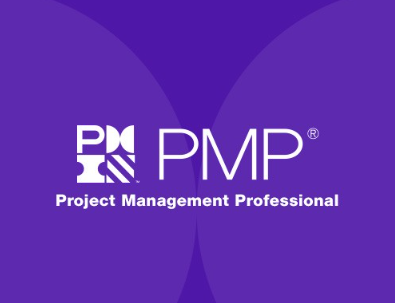A Front-End Web Development Course teaches you how websites come to life through code. Discover the skills that shape online experiences.
Why Start with a Front-End Web Development Course
Many people choose a Front-End Web Development Course because it opens doors to creating visible web elements. This path lets learners shape how users interact with online content. Front-end work involves layers like structure, style, and behavior. Beginners often find it rewarding to see their code turn into real pages. Courses cover core ideas without needing deep back-end knowledge at first.
Key Skills Covered in a Front-End Web Development Course
A Front-End Web Development Course starts with HTML, the backbone of web pages. HTML uses tags to organize content, such as headings and paragraphs. Next comes CSS, which handles styling. Learners apply rules for colors, fonts, and layouts. JavaScript adds interactivity, like button clicks or form checks. Courses teach the Document Object Model (DOM), a tree structure that represents page elements. Responsive design principles ensure sites adapt to different screen sizes. Students practice with media queries in CSS to handle mobile views.
Tools and Technologies in a Front-End Web Development Course
In a Front-End Web Development Course, tools like code editors become daily aids. Visual Studio Code offers extensions for syntax highlighting and debugging. Version control with Git tracks changes and supports team work. Courses introduce frameworks such as Bootstrap for quick layouts or React for dynamic apps. These build on vanilla JavaScript to manage components. Preprocessors like Sass extend CSS with variables and nesting. Build tools, including Webpack, bundle files for better performance. Learners explore browser developer tools to inspect and tweak elements live.
Prerequisites Before Joining a Front-End Web Development Course
Before a Front-End Web Development Course, basic computer skills help a lot. Comfort with typing commands in a terminal eases setup tasks. A steady internet connection allows access to online resources and updates. No prior coding experience is often required, but curiosity about how websites work motivates progress. Understanding file systems and folders keeps projects organized. Simple math for positioning elements in CSS proves useful. Time management supports consistent practice outside class sessions.
Common Challenges in a Front-End Web Development Course
Learners in a Front-End Web Development Course face issues like browser compatibility. Code that works in one browser might shift in another due to rendering differences. Debugging JavaScript errors requires step-by-step tracing with console logs. Balancing layout across devices tests patience with flexbox or grid systems. Courses address these through hands-on projects that simulate real scenarios. Peer reviews in group settings offer fresh eyes on code problems. Over time, these hurdles build problem-solving habits.
Building Projects During a Front-End Web Development Course
Projects form the heart of a Front-End Web Development Course. A simple landing page combines HTML structure with CSS visuals. Adding a navigation menu practices JavaScript event handling. E-commerce mockups explore form validation and animations. Portfolio sites showcase personal work, using APIs for dynamic data. Courses guide from wireframes to deployment on platforms like GitHub Pages. Iteration refines designs based on user feedback loops. These efforts create tangible results that boost confidence.
Career Paths After a Front-End Web Development Course
Completing a Front-End Web Development Course leads to roles like UI developer or web designer. Teams value front-end specialists for user experience focus. Freelance options allow work on varied client sites. Further paths include full-stack development by adding server-side skills. Continuous learning keeps pace with trends like progressive web apps. Networking through communities shares job leads and advice. Experience from course projects often sparks entry-level opportunities.
Tips for Success in a Front-End Web Development Course
Consistency drives progress in a Front-End Web Development Course. Daily coding sessions reinforce concepts like semantic HTML for accessibility. Reading documentation for libraries clarifies usage. Joining forums discusses doubts without fear. Breaking large tasks into small steps avoids overwhelm. Testing code on multiple devices catches issues early. Reflection on completed work highlights growth areas. Mentors from course communities provide guidance when stuck.
Staying Updated Post a Front-End Web Development Course
After a Front-End Web Development Course, trends evolve quickly in web tech. Following blogs on sites like MDN Web Docs keeps knowledge fresh. Experimenting with new features, such as CSS Grid updates, maintains skills sharp. Contributing to open-source repos applies learning in real contexts. Attending virtual meetups connects with peers on emerging tools. Balancing updates with core fundamentals prevents scattered focus. This approach sustains long-term engagement in front-end work.
In summary, a Front-End Web Development Course equips beginners with essential web creation skills. It blends theory and practice to foster capable developers. Starting with clear expectations sets a solid foundation for enjoyable learning. Exploration here reveals the field’s depth and accessibility.



